How to Join Flexible Duct?
When it comes to joining flexible ducts, there are two ways of doing it, the right way, and the lazy way. Unfortunately, some people believe that the lazy way is enough. To save yourself headache, and bad advice, we are here to separate the facts from the fiction when it comes to joining flexible ducts.
In this blog, we provide guidance on how to join a flexible duct.
With new buildings being made to be as energy efficient as possible, and the UK aiming for 95% of its electricity usage to be low carbon by 2030, it is imperative to understand how we can make the most of our ventilation. This is where MVHR units come in.
To prevent mould, fresh air should constantly be introduced into your dwelling daily, as it helps to regulate temperature and reduce condensation. Introducing fresh air can be as simple as having a ventilation routine, or installing extractors or MVHR units. Almost all of this is facilitated by ducting.
I-Sells is here to provide the answers you need whilst also supplying you with all the information you need to combat mould and have a well-ventilated home.
Why does flexible ducting need to be joined?
It makes sense to think that flexible ducting is applied as one unit. However, flexible ducting must refrain from being completely slack, this means that ducting needs to be hung in some places, and joined through a rigid connector, or similar equipment in others.
Failure to cut and hang ducting, wherever relevant, will result in excess ducting being used, and the resulting additional space the air has to navigate through reduces the airflow efficiency.
What happens if flexible ducting is not joined?
If you do cut your ducting accordingly, and place it around the rigid connector, but don’t actually seal that joining, air will struggle to securely travel through the ducting system. It will disperse in the unsecured area.
This can present a problem with warm air, as the contrasting temperature can lead to condensation forming, which is the perfect home for mould. If mould spreads through your ducting system, it can cause serious health issues. Additionally, it will result in you replacing your ducting system, and in some cases, the HVAC system.
Can insulation secure flexible ducting?
No, flexible ducting must be securely joined and airtight in order to be secure. Insulation provides additional durability and a consistent temperature to your ducting system.
How to join flexible duct?
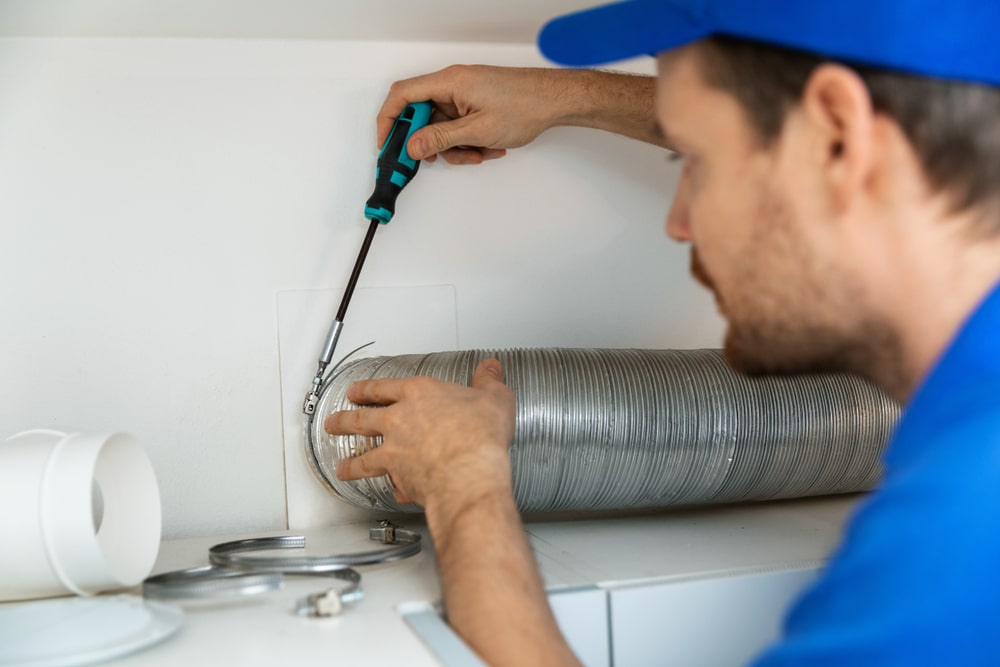
To join flexible ducting together, you need the following items. (Please note that the process may vary depending on the material of the ducting, or application).
- The two pieces of flexible ducting you want to join
- A rigid connector
- Quick release worm drive clips X2
After securing these items, follow the 5-step process below.
- Secure your first quick release worm drive clip.
- Place your first piece of flexible ducting over the rigid connector. Ensuring ducting is covering the hole of the connector.
- Using your quick release worm drive clips, place it so it is over the flexible ducting, and secure it. It should stop tightening once it meets the ducting and the rigid connector beneath it. The clip acts as a seal to ensure air travels efficiently.
- Repeat the process for the remaining exposed end of your rigid connector.
- Cut the ends that are left after tightening the quick release worm drive clip.
If you are still struggling with this process, we have a visual example of this process, which you can watch here.
Can I use tape to join flexible ducting?
Although it is possible to use tape, it is not recommended at all. Tape does not provide a lasting stick, it can lose its stick as time goes on, especially with hot air being passed through the ducting.
Quick release worm drive clips are an extremely secure method which still keeps the ducting securely attached even if they are tampered with. Whereas tape can lose its adhesive after weeks, never mind months.
Can I join my ducting myself?
Yes. This process is simple enough for anyone to manage. That being said, there may be some people with physical restrictions, or sensitivities to dust that lurks where ducting usually is, in instances like this, a HVAC technician can fulfil this for you.
This is likely the case if you opt for any sort of installation or maintenance of a ducting system that includes flexible ducts.
Which environments are bad for flexible ducting?
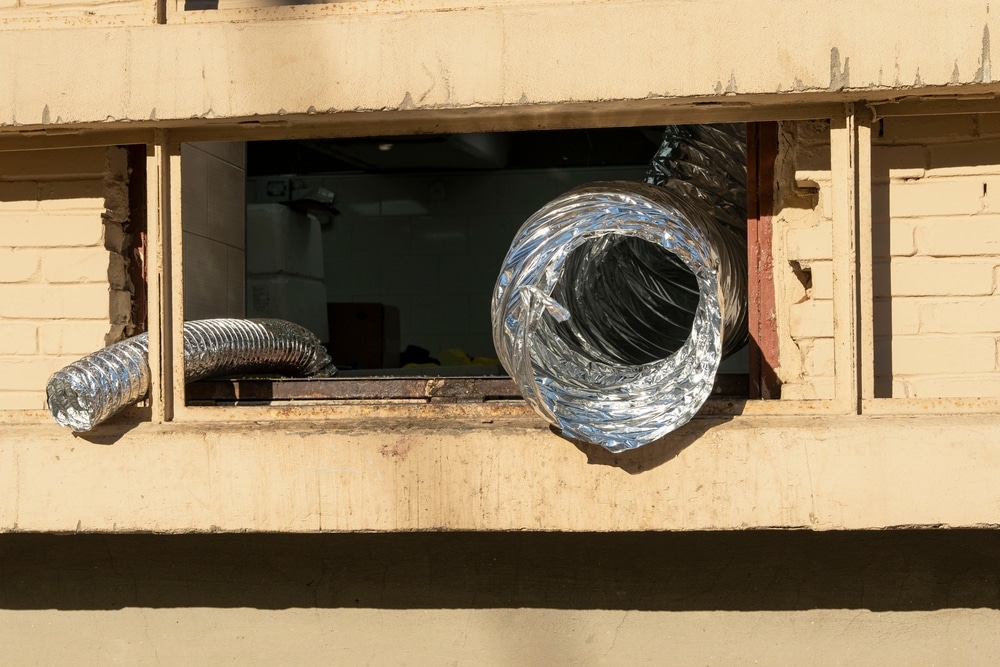
Flexible ducting is capable of lasting long, however, placing it in the best possible environment is the biggest factor in ensuring its longevity. If your flexible ducting is in the following environments, it will likely get ruined quite quickly.
- Environments that it is constantly tampered in.
- Places where there is significant debris surrounding it.
- Any area with a sharp change in temperature, ducting insulation can help combat this,
- Being exposed to the outdoors.
- Buildings that are still under construction (ducting should be installed at a later time).
How long can ducts last?
If your ducting is securely joined, regularly maintained, and its environment is free from hazards that can damage it, ducting has the capacity to last over 20 years.
That being said, metal ducting will naturally degrade as time progresses. This is due to local relative temperature changes causing expansion and contraction of the metal itself.
You should always inspect the ducting through a professional if you have moved into a new building or home. Especially if the building has been out of use or uninhabited for an extended period.
This is because the ducting may be old, or have ripped in the time it was last year. It is better to be safe rather than finding out after the fact, and having to replace your ducting at an inconvenient time.
Where to find flexible ducting options
I-Sells is a provider of ventilation solutions and everything that comes with it, including ducting. We supply flexible ducting and much more.
Whether it is flexible aluminium or PVC ducting you’re searching for, we have it. Some of our options can also vary in diameter in accordance with your needs. This includes 100 mm and 102 mm in diameter. This also applies to the lengths we have available.
Installing ducting, who can do it?
HVAC technicians offer services which can include installation of a HVAC system and its ducting for most if not all kinds of properties. Please note that the complexity of the job at hand could alter the price if there are no fixed rates for certain services.
Alternatively, you can install your ducting yourself, as long as it ends up being compliant to part F of building regulations, and does not compromise the safety of any person in the property.
Though this second option can be especially difficult if you have no experience, equipment, or guidance. If you are struggling, please feel free to contact us, and we may be able to point you in the right direction.
Purchase flexible ducts and joining equipment
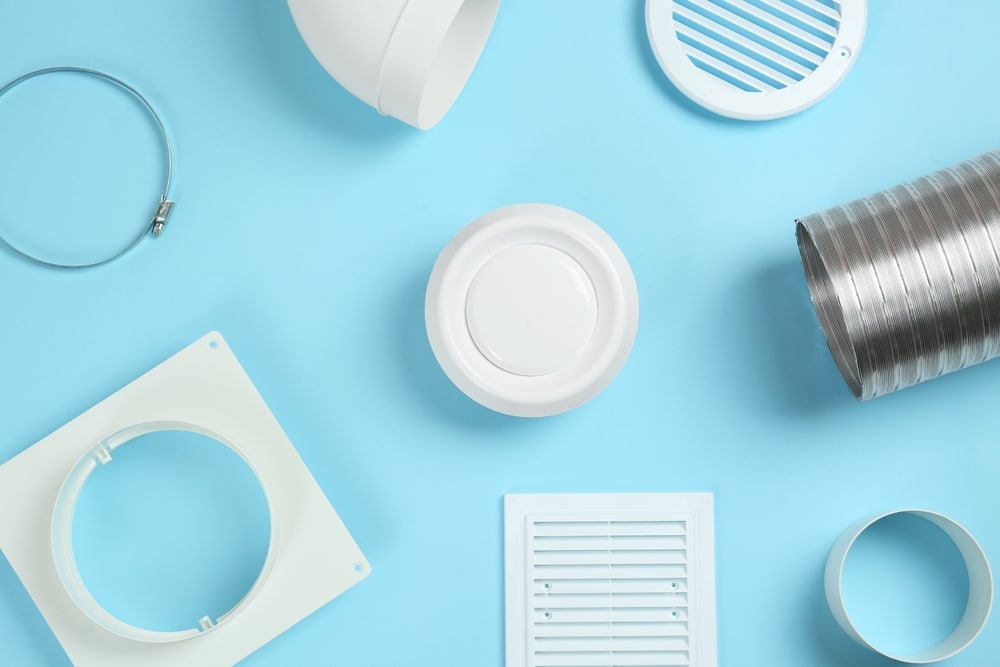
We at I-Sells endeavour to ensure our customers have all the information they require before investing in our mould solutions. Be sure to visit our blog page to learn about the vast array of factors and issues surrounding ventilation, mould, condensation, and much more.
We hope to have answered the question ‘How to join a flexible duct?’
We understand you may have more questions, do not hesitate to contact us for more information about whatever you need our help with. If you’d like to send us an email, click here. For other contact options, see below:
Call us on 020 8463 9696
Visit us at our showroom:
*OPENING TIMES*
Monday – Friday: 8:00 am to 5:30 pm
Saturday: 9:00 am to 12:00 pm
Sunday: Closed
15 St John’s Parade
Sidcup, Kent
DA14 6ES
United Kingdom

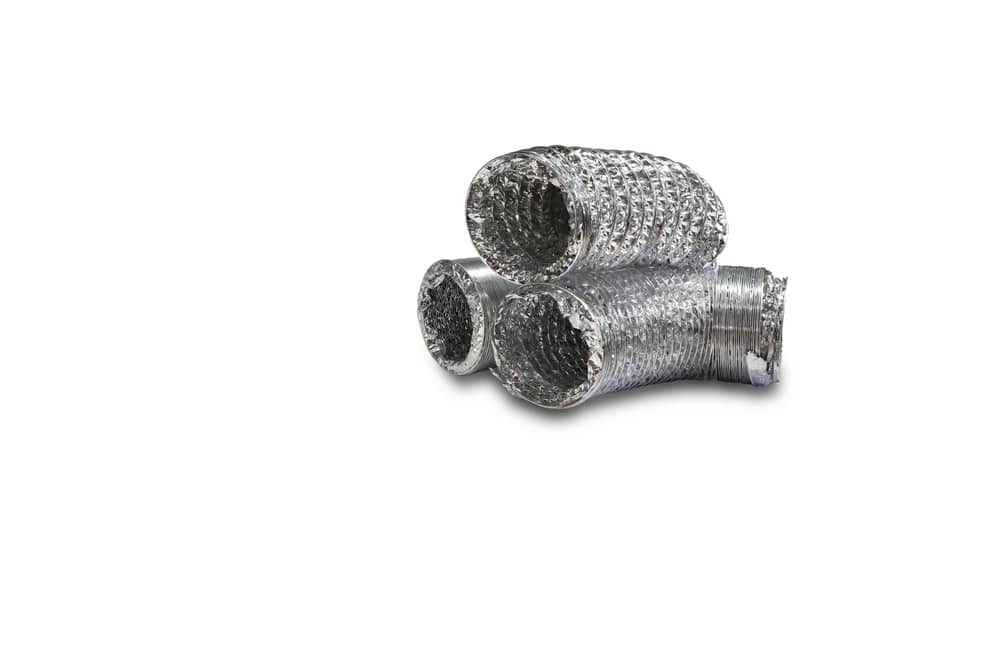


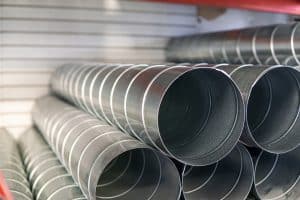
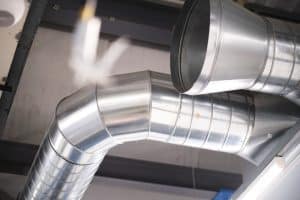

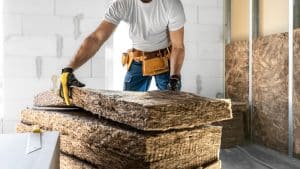
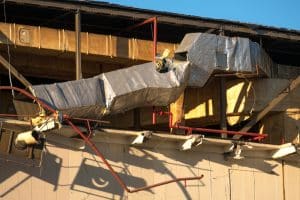


















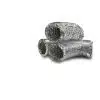

Add comment
You must be logged in to post a comment.